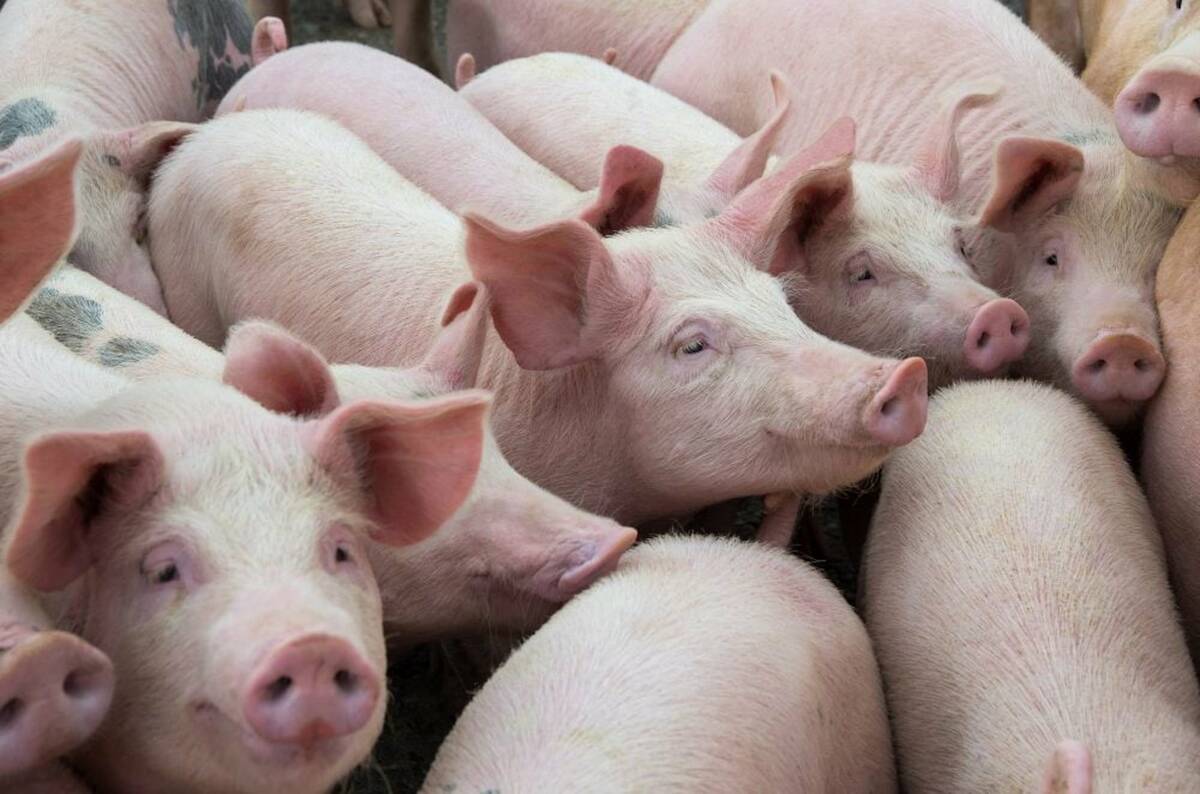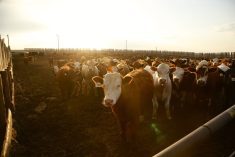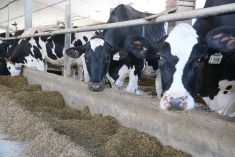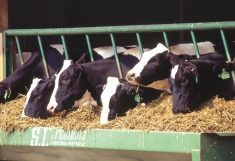Prince Edward Island’s latest provincial operating budget calls for its agriculture and land department to directly manage removal of deadstock for dairy and beef cattle producers.
Finance Minister Darlene Compton’s 2019-20 operating budget, presented Tuesday, said the province will take over management of the deadstock contract “to reduce the administrative burden placed on the dairy farmers of Prince Edward Island.”
Over the next year, however, the ag and land department will conduct a “policy review of the handling of deadstock in the province, with the goal of identifying an effective long-term solution,” the budget stated.
Read Also

U.S. livestock: Hogs rise ahead of ‘Hogs and Pigs’ report
Chicago cattle futures continued to inch upward on Monday. Hogs also rose in anticipation of Tuesday’s Hogs and Pigs report….
Deadstock removal has until now been provided by Maritime Pet Food as a provincewide, fee-based service, in co-operation with the P.E.I. Cattle Producers and the Dairy Farmers of Prince Edward Island.
Among other budget items for farmers, the province pledged an additional $5.7 million to go toward agriculture insurance rates and premiums, “particularly following the devastating growing season of 2018.”
Land bank proposed
Also in the next year, the government said in its budget documents, it plans to “fully scope” a new land bank initiative, “including the prospects, terms and longer-term budget requirements associated with it.”
Proposals for a land bank — buying land from retiring farmers for lease to new or young farmers in the face of rising farmland values — had gained traction among multiple political parties in the lead-up to April’s provincial election.
Legislation caps the aggregate amount of P.E.I. land any person or corporation can hold, at 1,000 and 3,000 acres respectively. Non-resident people or corporations must seek provincial approvals for aggregate land holdings of more than five acres or shore frontage over 165 feet. — Glacier FarmMedia Network















